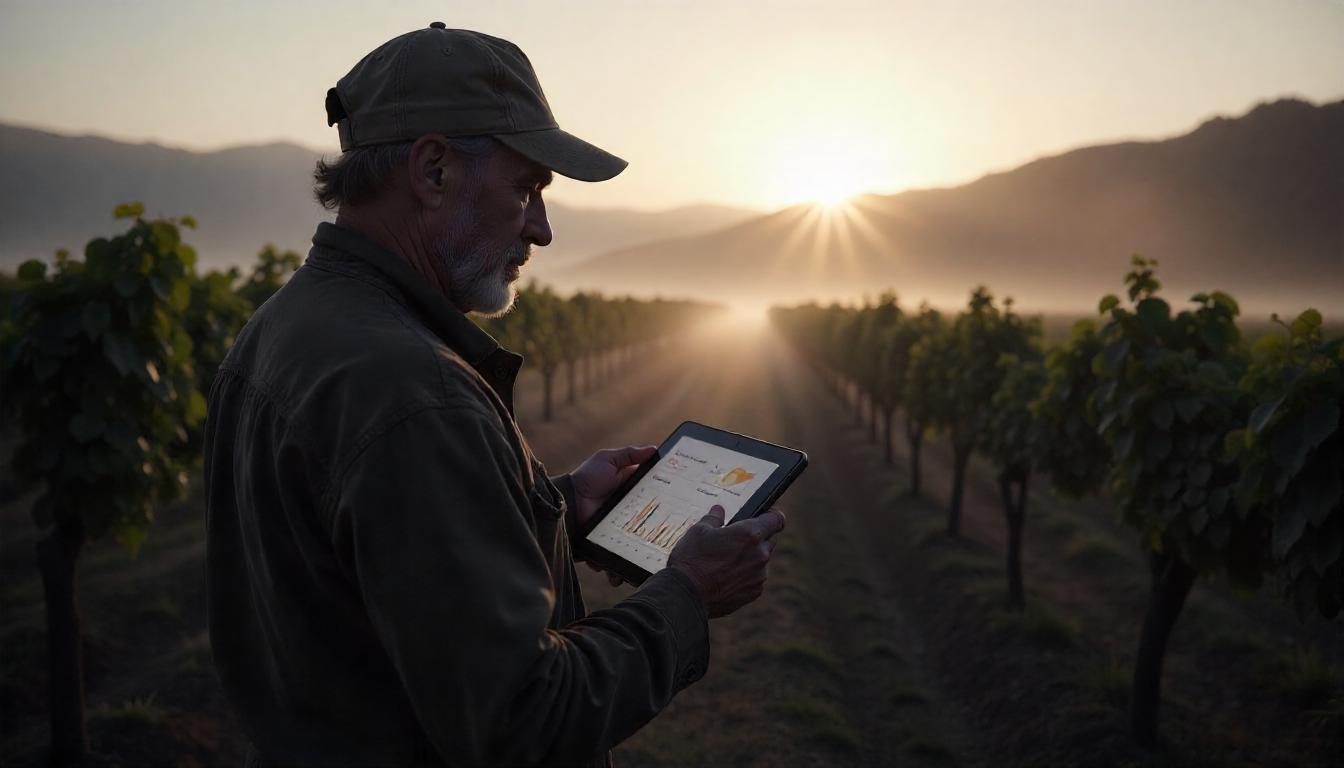AI for Agricultural Innovations: Shaping the Future of Farming
Agriculture has always been crucial to human survival, but today’s farmers are facing tougher challenges than ever—from unpredictable weather and pests to shrinking resources and the pressure to feed a growing global population. To tackle these issues, the farming world is increasingly turning to technology. At the forefront of this transformation is Artificial Intelligence (AI), which is ushering in a new era of agricultural innovations.
AI is helping agriculture become smarter, more efficient, and more sustainable, transforming age-old practices into modern solutions fit for the 21st century.
How AI is Changing Agriculture
AI excels at processing large amounts of data and uncovering patterns that humans might miss. In agriculture, this means farmers can make informed decisions faster and more accurately. Let’s look at some ways AI is revolutionizing farming:
1. Precision Farming
AI helps farmers practice precision farming by analyzing data from drones, satellites, and sensors to determine the exact needs of crops. This technology ensures that water, fertilizers, and pesticides are used only where necessary, saving money and reducing environmental harm.
2. Detecting Crop Threats Early
AI can identify signs of diseases or pests before they cause widespread damage. By analyzing images or monitoring environmental data, AI systems alert farmers to take action early, helping save crops and reduce chemical use.
3. Smarter Irrigation
Water is one of agriculture’s most precious resources. AI-powered irrigation systems assess factors like soil moisture and weather forecasts to deliver the right amount of water to crops, helping conserve water and improve plant health.
4. Automation on the Farm
AI drives autonomous machinery, such as tractors, drones, and harvesters, which can plant, spray, or harvest crops with high precision. These innovations reduce labor demands and increase efficiency on the farm.
5. Improving the Agricultural Supply Chain
AI doesn’t just help on the farm—it also plays a role in getting food from the field to the market. Machine learning can forecast demand, manage inventory, and streamline logistics, reducing waste and maximizing profits for farmers.
The Benefits of AI in Agriculture
The adoption of AI in farming offers many advantages:
- Higher Yields: Precision practices improve productivity and crop health.
- Resource Savings: Smarter use of water, fertilizers, and pesticides protects the environment and cuts costs.
- Reduced Costs: Automation lowers labor expenses and waste.
- Better Risk Management: Predictive tools help farmers avoid losses due to pests, diseases, or extreme weather.
- Sustainable Practices: AI supports environmentally friendly farming methods that safeguard natural resources.
Challenges to Consider
Despite its potential, using AI in agriculture comes with obstacles:
- Data Availability: Many farmers lack access to reliable internet or digital tools.
- High Costs: Advanced technologies can be expensive, especially for small-scale farmers.
- Learning Curve: Farmers often need training to use new AI systems effectively.
- Privacy Concerns: Farmers may be cautious about how their data is collected and used.
Addressing these issues requires teamwork among governments, tech companies, agricultural organizations, and farmers themselves.
Looking Ahead
While AI won’t solve every challenge in agriculture overnight, it’s undoubtedly a powerful tool for building a more resilient and sustainable food system. As the technology becomes more affordable and accessible, it promises to help farmers big and small thrive in an increasingly complex world.
Interested in more insights? Stay connected with our blog for the latest stories on how technology is transforming the future of farming!





